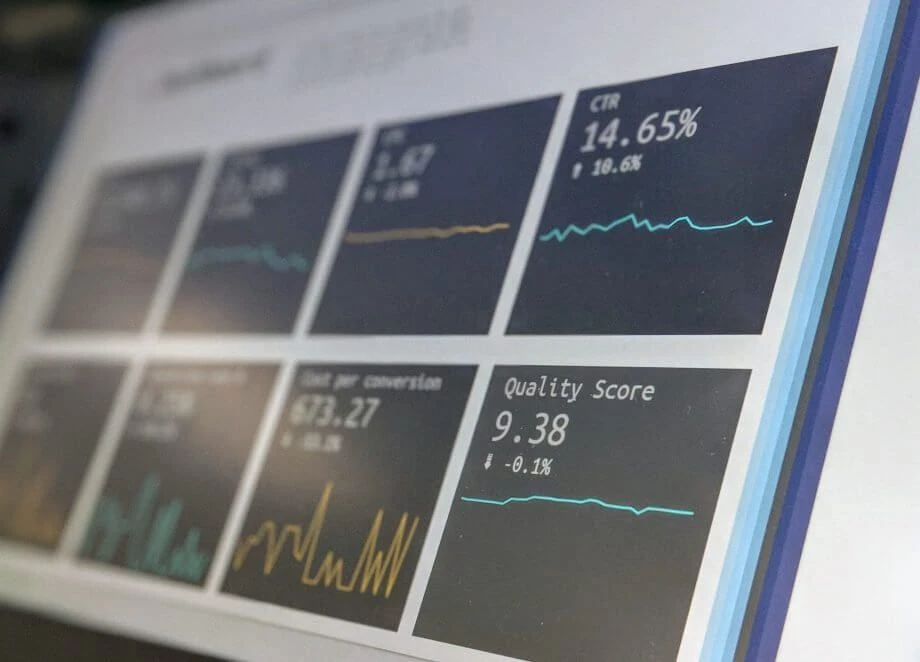
COVID-19 has disrupted the global economy. Unsurprisingly ocean freight, which accounts for 90% of world trade, took a huge brunt of this disruption.
Freight forwarders have all felt the fallout of the continuous reduction in demand for shipping.
It makes sense to differentiate your freight forwarding business with the rampancy of commoditization of freight forwarder offerings.
Being in a highly competitive industry during a global pandemic, improving your forwarder business is vital. Boosting your sales to sustain yourself during the current crisis, and for the post-COVID-19 boom is a reality you need to face.
We at BlueX understand these challenges, and here are five tips to help you improve your sales during COVID-19, and beyond.
With so many people staying indoors due to COVID-19, webinars have become a fantastic tool for buzz-creating content with your audience. These collaborative online web conferences, according to demio, have the following benefits for your freight forwarding enterprise:
- Engage your customers with compelling content
- Showcase yourself as an expert in ocean shipping
- Generate leads with a large audience
- Create new leads with the highest converting forms in marketing
- Invite other experts as guests to boost your expertise
Another key feature for webinars is that they don’t require tech-savviness to get started on hosting them. All it takes, according to Convince&Convert, is to select a webinar format, topics, design, hosting platform, and some publicity when you’re going live to the right channels.
The average cost to host a webinar also ranges from $100 to $3,000, depending on the level of sophistication and solutions that you’re willing to invest in. With most people working from home, hosting a webinar with actionable information could be the differentiator for you to sign new customers up.
You can also create awareness about your enterprise to a larger audience with engaging interactions with customers and other experts.
B2B digital sales interactions during the COVID-19 pandemic are twice as important as traditional sales interactions. That’s why freight forwarders and others in the industry can only ignore them if they want to lose out to digitalized competitors.
Even now, digitalized ocean carriers drive two times more shareholder value when compared to non-digitalized carriers. For freight forwarders, digitalization isn’t just another buzzword. It’s slowly becoming the new reality of remaining relevant in the future of ocean shipping.
If your freight forwarder business isn’t undergoing a digital transformation during the COVID-19 pandemic, you may be missing the chance to differentiate yourself and remove the label simply as a commoditized service.
What is Digitalization?
Some of you may still be wondering what digitalization is. It can be summarized as follows from one of our previous articles:
“Digitalization is a top-down transformative process. Carriers have been the first to digitalize processes, thus creating new standards for other carriers and new expectations of services from freight forwarders and shippers.”
Some benefits of digitalizing freight forwarder operations include:
- Improves customer experience online
- Encourages digital culture
- Improves data collection and analysis
- Enables digitalization of products/services
- Makes your company more profitable
Digitalization is still a game-changer for forwarders, and it could provide you with a pathway to greater profitability and relevancy.
We at BlueX can offer you this pathway through the Rate Management System.

Just like webinars, email marketing may be another great tool to target customers that are stuck indoors. With that said, it should be recognized that email marketing in ocean shipping is oversaturated.
With the average office worker receiving up to 96 emails a day, it might feel like an uphill battle to get your message in front of the right people.
The good news is that most email marketing from players in the shipping industry isn’t as savvy as other industries. It’s possible to create effective email marketing, but it will require you to account for some tips, as outlined by CoSchedule’s 40 actionable email marketing tips:
- Test subject lines, and use a real person’s name in the sender field
- Personalize emails with the recipient’s name and business
- Keep your email content brief, but actionable and valuable
- Make sure to include a call to action (CTA)
- Ensure that you sell benefits, not just your features or services
- Create a distinct tone and voice, and don’t use bland and generic email templates
- Make your email templates mobile-friendly
- Schedule emails to go out when customers are most likely to read them
- Be consistent with the frequency of how often you email customers
- Test out different messages and templates via A/B testing
Another tip is not to ignore the importance of email design. You can try out a few designs and review metrics such as your open rates, click-through rates, and email sharing.
A functional and well-designed email can be the difference between signing new customers up and being seen as a nuisance in someone’s inbox during their morning coffee.
Create emails that make customers put their coffee down and read your benefits.
It’s vital that you begin to think about the future, specifically, the post-COVID-19 reality. Lockdowns will not last forever, and our return to normality will be anything but normal.
Two significant realities to face after the pandemic ends is that businesses will be more likely to offer flexible hours and work from home initiatives. Heck, even the traditional suit and tie attire might also loosen for many professionals.
The UN also estimated that roughly 27% of workers from high-income countries could work from home.
Such a change in how shipper, NVOCC, and ocean carrier workforces operate may require digitalized freight forwarder services. Added to that, there is a myriad of other issues that could require freight forwarders to consider digitalization and include:
- Demurrage and detention - With blank sailings and container shortages, having space guarantees will be essential for providing excellent customer service
- Ocean freight rate volatility - Freight rates are unpredictable, and during and after COVID-19 this will only be more apparent
- Commoditization - The difficulty in differentiating services among competitors is turning freight forwarding into a dash for the lowest offering, without a focus on services
- Workforce shortage - With steep learning curves and a lack of innovation in the shipping industry, talent is not easily attracted or retained.
BlueX can offer you a pathway to digitalization with the tools to ease the effects of COVID-19 on your performance in 2020 and beyond.
BlueX is dedicated to changing the world of ocean freight. We’ve already begun the process by creating Evergreen Line’s online booking platform, GreenX.
Now, we are providing freight forwarders the ability to digitally connect directly with customers and carriers through our BlueX API.